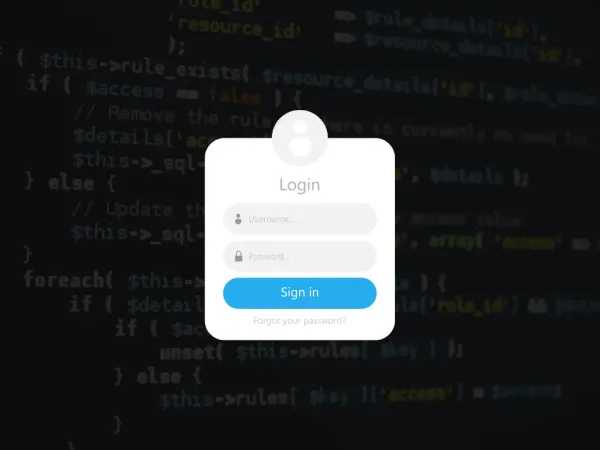Learn to Manage VM in 5 mins with Vagrant up !
Vagrant is less awkward way to manage VM. Easily up and running.
VM Folder
Making folder for your VM and run vagrant init
vagrant-folder
|__ Vagrantfile
|__ other_file_1
|__ other_file_2
|__ other_file_3Stuff in this folder will be synced to /vagrant folder in the Vagrant machine
Up, Connect, Suspend, Halt, Destroy
Start your VM with
$ vagrant up
$ vagrant ssh // connect to VM
$ vagrant suspend // pause
$ vagrant halt // shutdown
$ vagrant destroy // remove VM and stuff insideStartup script
We will learning to config stuff machine do when it starts by setup Apache server that send back ‘Hello’ html.
Go to Vagrantfile uncomment the provision line
Then add <h1>hello</h1> to the Apache directory.
config.vm.provision "shell", inline: <<-SHELL
apt-get update
apt-get install -y apache2
++ echo "<h1>hello</h1>" > /var/www/html/index.html
SHELLAny change in config need vagrant reload to take an effect
For change in provisioning block need extra --provision flag
$ vagrant reload --provisionAccess from Host Machine
Now the server is running inside the VM (you can ssh inside to see that)
To expose the port to Host machine uncommend the following block
config.vm.network "forwarded_port", guest: 80, host: 8080Then $ vagrant reload
Then go to your browser localhost:8080 and here you go. It’s working and send back ‘Hello’.
Hope this help and see you in the next tutorial !




